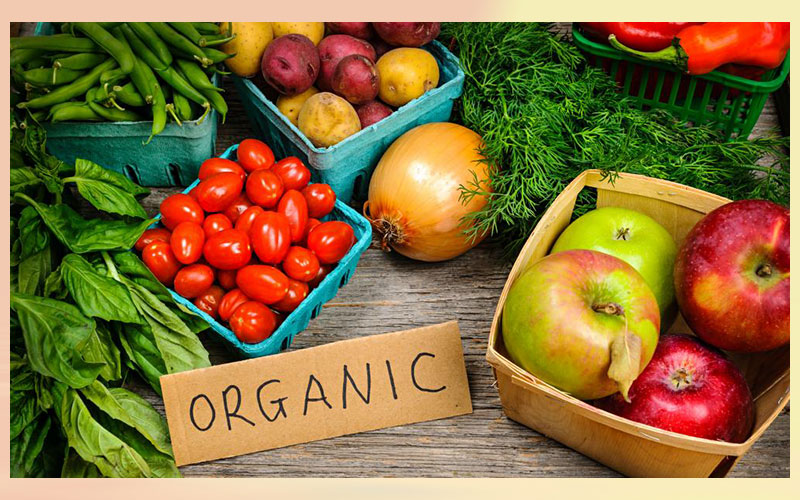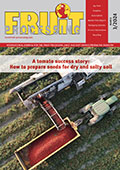A Question of balance for clean and clear label
Clean and clear labeling concerns are now well established in the food and beverage industry, having featured as a key and running theme through all Innova Market Insights’ Top Trends forecasts in recent years.

Clean and clear labeling concerns are now well established in the food and beverage industry, having featured as a key and running theme through all Innova Market Insights’ Top Trends forecasts in recent years. More than ten years ago ‘Go Natural’ led the Company’s annual top trends listing and since then clean label claims have developed and featured each year in different forms, increasingly weaving throughout the entire trends listings until they are now regarded as a given.
The term ‘clear labeling,’ which Innova Market Insights coined for its 2015 trends listing, has now fully entered industry parlance, being used in several company marketing campaigns, with new commitments on a clean or clear platform regularly.
Its increasingly mainstream status is illustrated in the fact that nearly 28 % of global food and beverage launches recorded by Innova Market Insights in 2018 used one or more clean label claims (natural, organic, no additives/preservatives and GMO-free), rising to nearly 39 % in the US.
There have also been associated rises in interest in related clean label areas such as vegan-friendly, raw and paleo diets, and also in the focus on minimal processing, including the use of techniques such as cold-pressing and high-pressure treatment. This is running alongside increasingly wide ethical concerns, including fair trade and sustainability, packaging, the environment, and animal welfare.
No additives/preservatives claims continue to feature most strongly, used for just over 15 % of global launches in 2018, rising to over 20 % in the US. The US generally sees higher levels of use of all types of clean label positionings and is also particularly notable for the strong position of GMO-free labeling. This featured on 17.8 % of launches, compared with under 6 % globally and was also the number two clean label claim in the US overall, well ahead of both organic on just over 13 % and natural on just over 8 %.
Flavor is still the number one factor influencing purchasing decisions, reports Lu Ann Williams, Director of Innovation at Innova Market Insights. “But it is clear that in recent years, the clean label trend has broadened out into a wider movement, focusing on an increasingly mindful consumer trying to make responsible food choices that are not only tasty and healthy but also sustainable and ethical.”
While interest in clean label has kept organic and GMO free claims in the spotlight in many countries, rising levels of competition mean that product offerings have had to become much more sophisticated, focusing more on value-added products and combining both specialist organic brands and organic and GMO free variants in existing conventional ranges.
Organic or GMO claims alone may not now be enough and companies are focusing on additional benefits including other related clean-label areas such as vegan-friendly, raw, and paleo diets, as well as local ingredients and sourcing, minimal processing and unusual and premium-style recipes and flavors, including the use of seasonal and limited editions.









